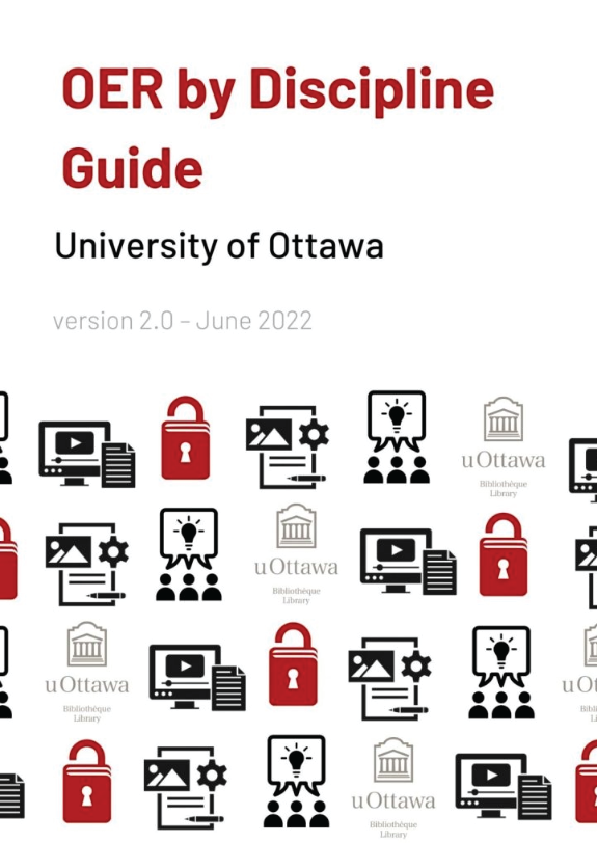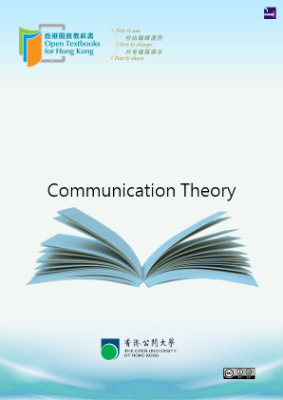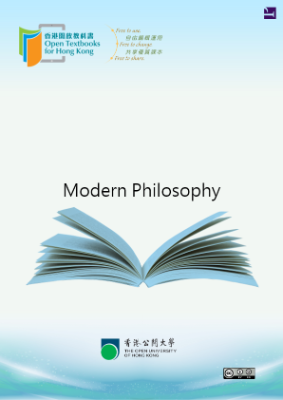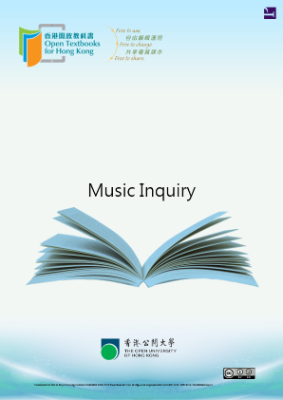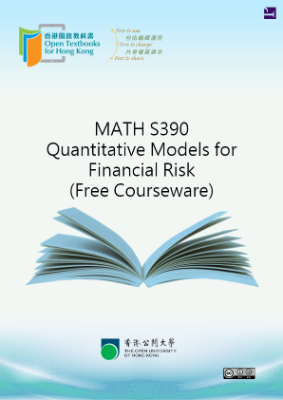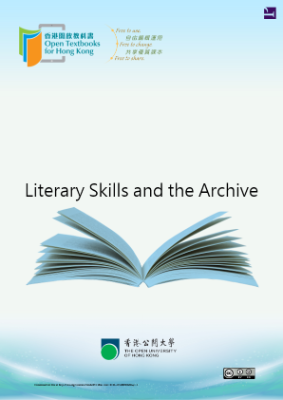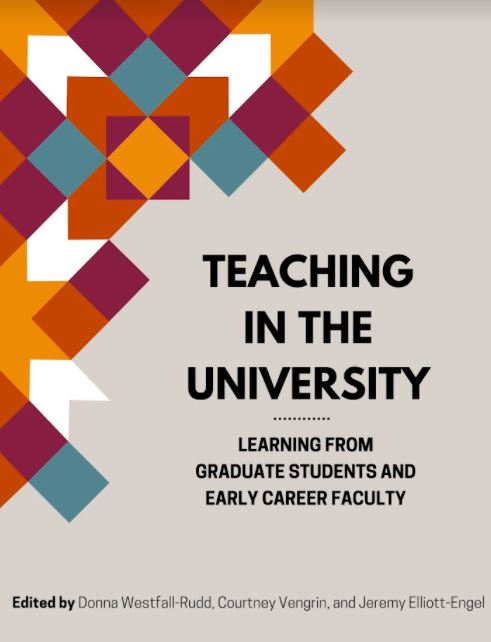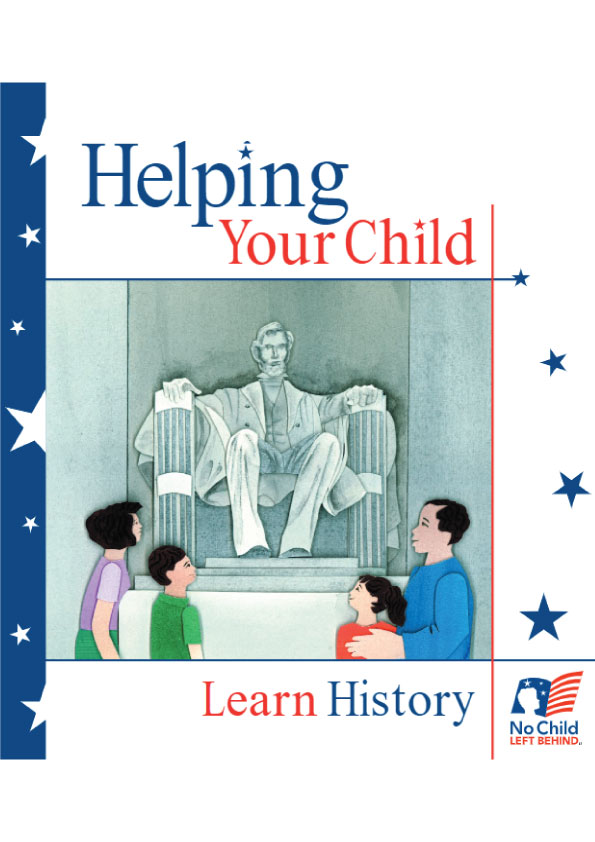What are Open Educational Resources?
OER = Free + 5 Rs
OER are learning and teaching materials that are freely and openly available. They range from textbooks to entire courses and everything in between, including videos, podcasts, tests and exercises, websites, software, simulations, case studies, presentation slides, and more. The key is that they can be widely distributed and adapted because they are at no cost to the user and are not subject to the usual copyright restrictions. This openness is most often indicated by a Creative Commons licence.
Why evaluate an OER?
Just as with commercial textbooks, not all OER are the same quality and one single OER may not meet all the learning objectives set for a course. It is therefore important to spend time evaluating OER to see if they meet our needs and those of our students and to adjust as necessary.
What do we mean by “quality”?
OER are not necessarily created using the same editorial process used for conventional educational textbooks produced by publishers. This difference can negatively affect the reputation of OER, leading some people to perceive them as being lower-quality resources. This misconception persists despite many OER undergoing peer review processes before or after their publication. For example, OpenStax, an open textbook initiative from Rice University, closely mirrors the processes used by commercial publishers. Through its Textbook Success Program and other resources, Rebus Community supports OER projects from start to finish, including peer review. OER already published can also be evaluated by subject-matter experts who are often faculty or instructors who may use the materials in their own courses. eCampus Ontario’s Open Library, BCcampus’ Open Textbook Collection, and the Open Textbook Library all rely on qualified experts to evaluate the OER in their collections.
OER creators rarely have a graphic design team or a budget at their disposal so their resources may not have the same visual appeal as commercial textbooks. Because people still tend to judge books by their covers, OER can be disregarded. However, an OER’s cover and overall appearance have nothing to do with the accuracy and quality of its content. In 2013, David Wiley called into question publishers’ way of judging resource quality and proposed that, regardless of the commercial or free nature of the resource, the only important question to ask is: Does the material help students meet the course’s learning objectives? That is why we chose not to include pictures of the OER suggested in this guide and instead emphasize the importance ofevaluating these resources.
These OER addressing inclusion, diversity, accessibility, anti-racism, and equity are listed separately in this first version of the guide in order to call attention to them and they can be used in a variety of courses. These suggestions are a very modest attempt at supporting inclusion, accessibility, and anti-racism at uOttawa.
The goal of the Accessibility Toolkit – 2nd Edition is to provide resources for each content creator, instructional designer, educational technologist, librarian, administrator, and teaching assistant to create a truly open textbook—one that is free and accessible for all students.
This second edition has built upon, and improved, the original toolkit—a collaboration between BCcampus, Camosun College, and CAPER-BC—with a new “Accessibility Statements” chapter, bibliography, and list of links by chapter for print users in the back matter, updated information, and corrections to content, style, and layout.
